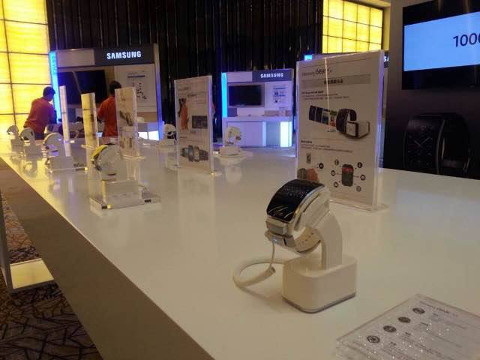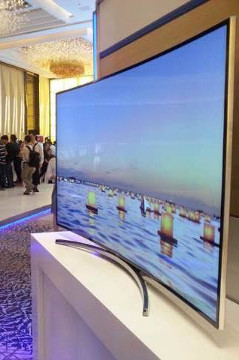Last week, close to a thousand Tizen developers converged upon Shanghai to learn more about Tizen development. As always, the focus was on the technology, with a lot of content for both platform and application developers. Enthusiasm and interest in the sessions was high, as was interest in the devices shown in the tech showcase.

The conference started off with keynotes from the Tizen Technical Steering Group. Mark Skarpness from Intel gave an update on the status of the open source development project, and announced that Tizen 3.0 will be released by the end of the year. This is particularly interesting because one of the goals of the 3.0 branch is to deliver on one of the original promises of Tizen, where a small common core set of code can be extended by device-specific profiles. You can see this already today by trying the snapshot releases of the very minimal tizen-common images.

While tizen-common isn’t really something that would directly impact the average user and is nothing you’d ever see by itself on a commercial device, it’s good news for device makers and hobbyists. Tizen is intended to be extended, and the best way to make this happen is to provide only what’s needed by all Tizen devices (which is, admittedly, a pretty minimal system), and let whoever is building the device decide what to add on top of it.

In addition, Hyogun Lee from Samsung highlighted what has been accomplished with Tizen in products to date.
A lot of effort has gone into creating a product ecosystem based on Tizen, between the wearables (Gear 2, Gear S), the cameras (NX300M, NX30, NX1), the Smart TV platform (the SDK has been out for a while, products coming next year), and other prototypes like a connected refrigerator.
As more products are revealed (and as a result, make their way into real-world demonstrations in the Tizen Tech Showcase), it becomes clear that Tizen is delivering a flexible and adaptable platform.
Speaking of the Tizen Tech Showcase, some really cool stuff was on display. Of course the Gear S was there, as was the NX1, which is a real powerhouse of a camera. It has a 28.2MP sensor that can capture 15 frames per second in a 70 frame burst, can do 4k video at 15 frames per second, and 1080p video at 60 frames per second. There were a number of areas showing off Tizen IVI.
But in my opinion the coolest part was the connected home, showing Tizen devices actually working together and providing a seamless experience.
This demo started with video playing on a Tizen reference phone. A person wearing a Gear S then used it to transfer the video in progress over to a Tizen-powered Smart TV. Next, the video was transferred (using the Gear S) to a Tizen-powered display panel on a refrigerator, and back again. While this is obviously a cultivated example for the sake of demonstration, it does provide a very nice showcase of the variety of products where Tizen is showing up.

We’re now seeing the first fruits of the multi-platform strategy for Tizen, and it’s really, really cool.
All around it was a great event, with additional keynotes from luminaries in the Chinese government and industry, sessions from Intel, Samsung, and the community, and a well-attended DevLab where attendees learned how to write and deploy their first wearable Tizen app. I spoke to one person who had written a complete sketchpad app in the 1.5 hour session, who had never used the Tizen wearable platform before. All around, we were very pleased with the event and the attendees were as well.
Thanks to everyone who participated in Tizen Developer Summit Shanghai!
What’s next? Well, come check out the Tizen sessions at Samsung Developer Conference. There’s some great technical content, and I’ll be moderating a panel there as well. Hope to see you there!


